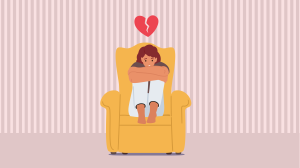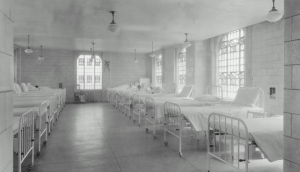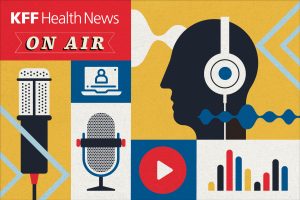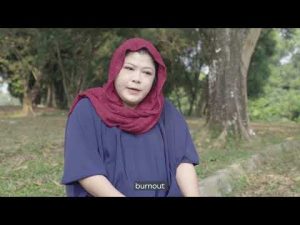What’s the Connection Between Snowfall in Boston and Health and Human Rights?
by Amy Agigian Greetings from Boston, where we are currently experiencing Snowmageddon 2015. We’ve had four storms, accumulating over 7 feet of snow, in less than three weeks, making this the snowiest month in Boston’s long recorded history. But what does our unparalleled snowfall have to do with women’s health and human rights? First, the health effects of extreme temperatures hit those with fewest resources — money, housing, safety, good health — hardest. It makes sense if you think about it: If you’re already sick, or living in a violent home or neighborhood, added difficulty getting around is much more serious than for healthy people who are safe at home. If you are homeless or have precarious housing, finding shelter and keeping track of your possessions is that much
by Amy Agigian
Greetings from Boston, where we are currently experiencing Snowmageddon 2015. We’ve had four storms, accumulating over 7 feet of snow, in less than three weeks, making this the snowiest month in Boston’s long recorded history.
But what does our unparalleled snowfall have to do with women’s health and human rights?
First, the health effects of extreme temperatures hit those with fewest resources — money, housing, safety, good health — hardest. It makes sense if you think about it: If you’re already sick, or living in a violent home or neighborhood, added difficulty getting around is much more serious than for healthy people who are safe at home.
If you are homeless or have precarious housing, finding shelter and keeping track of your possessions is that much harder in the brutal cold. The lower your income, the more you will likely depend on massively disrupted public transportation. And, obviously, if you have little money, you can least afford to miss days of work when businesses shut down during blizzards.
People caring for children and other dependents also struggle with the dearth of passable sidewalks, breakdowns in public transportation, inability to rely on the timely arrival of caregivers, and simply being stuck in the house day after day.
In addition to these immediate burdens, this historic weather has longer-term implications. Counterintuitively, Boston’s “extreme weather events” are likely part and parcel of global climate change. Global warming leads to more severe snow and rain storms, as well as heat waves, droughts and wildfires. Instead of this month being a freak outlier, we are likely to suffer more, and worse, extreme weather events as climate change intensifies.
All over the world, women bear the worst brunt of a degraded environment. As UNFPA explains, women are disproportionately affected by global environmental hazards. Women are the majority of those who stretch the family budget when income is disrupted, take care of family members when they can’t afford or access health care, and walk farther to gather and carry water or firewood.
All over the world, women’s resources and health are taxed by such burdens. These hardships exacerbate violations of human rights including the rights to health, an adequate standard of living, and gender equality.
It follows, then, that women must be central to finding both short- and long-term solutions to these problems. Women bring critical perspectives, insights and priorities to discussions of extreme weather. Women’s health and human rights should be put at the center of all policy discussions and funding decisions, at every stage of planning and implementation of solutions.
Snowmageddon 2015 has brought much of New England to a grinding halt. Centering women’s health and human rights can help it from becoming the new normal.
Amy Agigian is an associate professor of sociology and the founding director of the Center for Women’s Health and Human Rights at Suffolk University. This post was originally published on sociologist Susan Sered’s blog.
The post What’s the Connection Between Snowfall in Boston and Health and Human Rights? appeared first on Our Bodies Ourselves.
SOURCE: Our Bodies Ourselves – Read entire story here.








